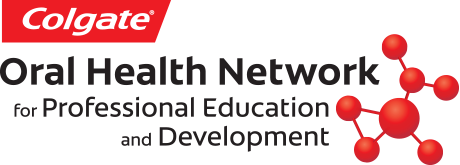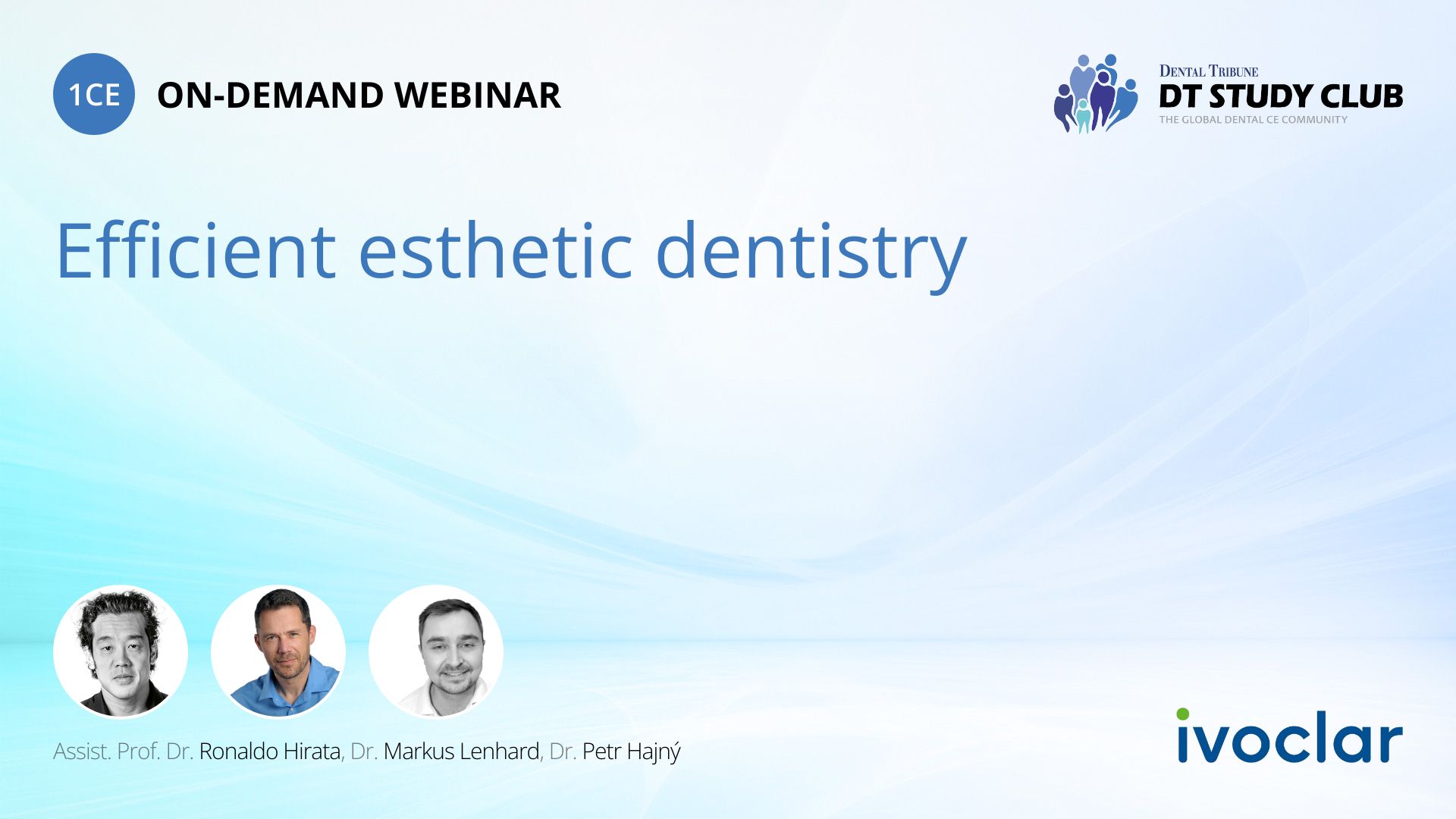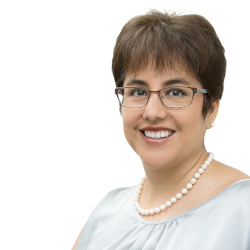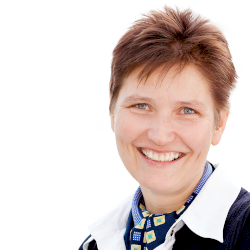Efficient esthetic dentistry
Assist. Prof. Dr Ronaldo Hirata
Composite restorations have been widely used in the daily practice due to requests for the replacement of traditional amalgam-based materials and the improvement of the esthetic and mechanical outcomes. There are clinical situations where composite restorations are better indicated compared to other options due to their conservative approach, reversibility and ability to repair, especially in younger patients. It is essential to recognize these specific clinical situations, even in the brave new world of “digital dentistry”. Among several techniques for composites, the natural layering approach is commonly claimed to reproduce the natural aspects of dentition, allowing the stress generated by polymerization shrinkage to be controlled. However, it demands a thorough acquaintance of adhesive procedures, material handling and dental sculpting, which makes it complex and time consuming. In order to overcome such drawbacks, advances in polymer chemistry engineering along with new layering techniques have been proposed. Low-shrinkage composites have been developed for the bulk-filling of cavities, which reduce the steps required in traditional layering techniques, and substantially simplify composite restoration procedures. The new materials are claimed to polymerize in 3 seconds, decreasing the operatory time necessary. This lecture will discuss indications of today's layering composites (dentin/chromatic/achromatic enamel) and the bulk-fill technique using low-shrinkage composites. The step-by-step sequence of each technique is described along with the challenges and essentials of each one. Results obtained by research done at NYU will also be presented.
Dr Petr Hajný
Better work is not about treating more patients, earning more money or being more successful. Better work is about a better, more rewarding work life balance through great treatment outcomes achieved in a highly efficient way. Thanks to digital photography we can easily measure the results in our daily practice and evaluate the time required for them. Advancements in the field of direct restorative materials, e.g. the 3s Power Cure system, enable us to reduce the chair time required for direct fillings. Chairside CAD/CAM solutions have speeded up indirect dentistry considerably, while still allowing us to achieve high-quality results. In my lecture, I will share how these technologies helped me change my work day in the dental office for the better: by becoming more effective and efficient. Let's work better, let's live better and let's not waste the most important thing in life - time.
Dr Markus Lenhard
Striving for the perfect optical integration of a restoration into the surrounding dental tissues is one of the major objectives in dentistry.
However, when we talk about posterior restorations, we need to ask ourselves whether it really makes sense to create tiny pits and parafissures in the surfaces of restorations. Layering posterior restorations using dentin and enamel shades or even staining the fissures with light-curing brownish stains neither improves the quality of a restoration, nor is it requested by the patient. Such techniques are based on an ego-driven attitude, which is frequently encountered among lecturers who feel obliged to prove that they are capable of handling dental materials in a superior way.
In the daily practice, dentists should concentrate on using adequate clinical protocols which allow them to achieve durable and functional restorative results that match the patient’s (and not necessarily the dentist’s) esthetic demands.
Apart from presenting clinical cases, the important clinical steps in the efficient and esthetic restoration of posterior defects will be addressed in this webinar.


 CE Communities
CE Communities


























 English
English








































